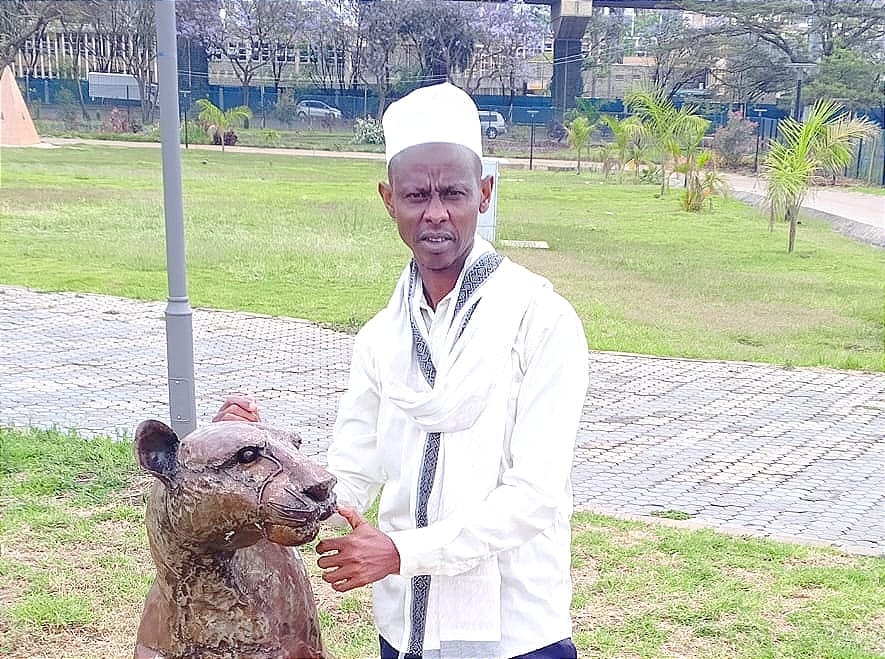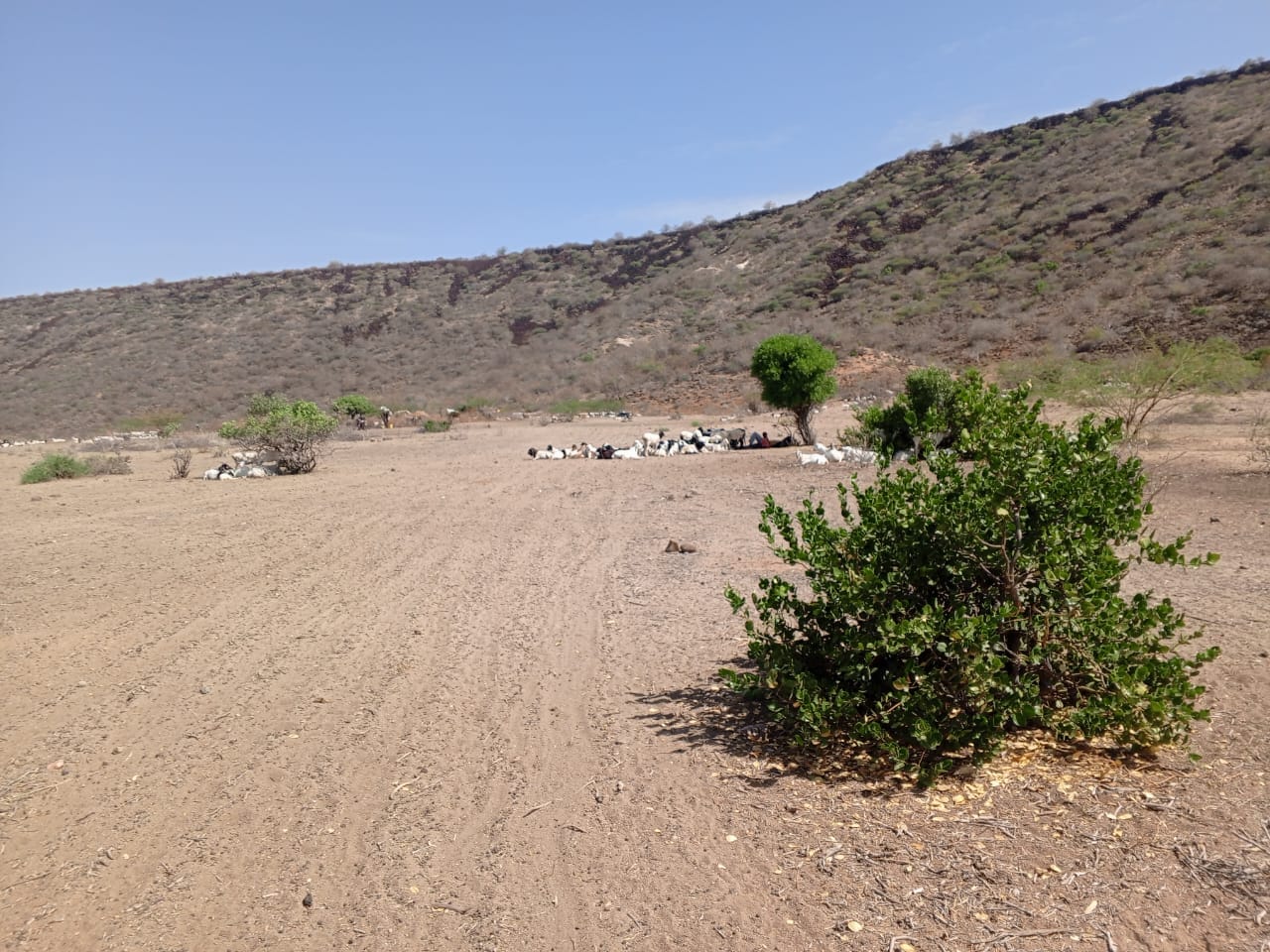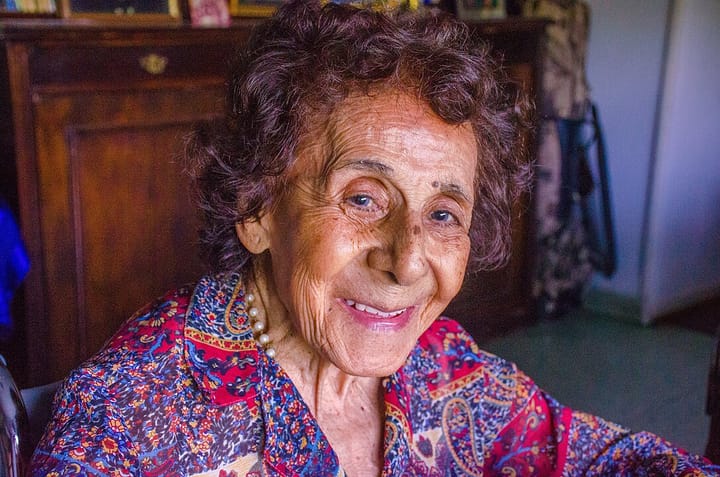Landmark Kenyan ruling puts international carbon offset projects into question

By Joseph Maina
The future of international carbon offset projects in Kenya has been put into question following a legal ruling that upholds community land rights.
In a landmark judgment in January, a court ruled in favour of a group of people in the northern Kenyan county of Isiolo who contested the establishment of two conservancies within their communally-owned land by the Northern Rangelands Trust (NRT) and its associates. A conservancy is a piece of land designated for wildlife protection or other sustainable land uses, and can be managed by individual landowners, communities or corporate bodies.

The High Court ruled that NRT’s associates in Chari and Cherab wards in Isiolo County set up the conservancies without proper participation from the public. This violated the constitutional rights of the 165 petitioners, “including but not limited to property rights”.
NRT, an umbrella organisation that supports 45 member community conservancies in northern and coastal Kenya and in neighbouring Uganda, touts the Northern Kenya Rangelands Carbon Project (NKRCP), as the “world’s largest” soil carbon removal project. The project generates carbon credits through modified livestock grazing practices in arid lands. British Airways, Netflix and Beiersdorf - which owns the Nivea brand - are among notable corporations that have bought them.
One of the two conservancies being challenged – called variously Biliqo Bulesa and Bulesa Biliqo – is part of the NKRCP and covers 900,000 acres.
Abdirahman Osman, one of the petitioners in this lawsuit, tells The Wave that it was fraught with difficulties that included resistance from political and corporate forces. “It was apparent that [NRT] had collaborators among government officials, security personnel and political leaders. They worked closely with influential and wealthy people in the community. It was a tough engagement for us, facing such a forbidding opponent.”
John Ngimor, from West Pokot County to the north west of the capital Nairobi, shared similar sentiments about a serious power imbalance between authorities and communities who live within the conservancies. Like Osman, Ngimor led his community in a separate 555-member petition that sought to restrain NRT from establishing conservancies in his region. “They wanted us to give them our land almost freely,” says Ngimor.
A partial consent was issued in the West Pokot case, which, among other things, vacated a memorandum of understanding entered between NRT and West Pokot County Government for collaboration in conservation, management and sustainable use of natural resources and promotion of community development initiatives in the county.
In an email response to these allegations, NRT stresses that it is a “voluntary member secretariat” for conservancies rather than owning land directly. “All land is held in ownership by the communities and, where unregistered, in trust by the county government.”
It also says it works closely with many partners, including international development organisations, national and county governments, as well as Kenya’s national police service and the Kenya Wildlife Service.
In the Isiolo case, the court found that Isiolo County government and the national Ministry of Lands and Physical Planning had breached their mandates by failing to facilitate registration of the unregistered community lands, and it directed the two bodies to coordinate with the petitioners and facilitate registration. It also ordered Kenya Wildlife Service to revoke any licences granted for the establishment and management of the conservancies, while the Isiolo County Commissioner was told to oversee implementation of the orders.
Rights activists say the cases reveal a broader pattern of twisty terms that characterise contracts between community members and conservancies, largely tailored to the advantage of the latter.
Fred Kariankei, a land rights activist who has previously locked horns with conservancies in the Maasai Mara reserve over community land rights, attributes these imbalanced terms partly to the fact that livestock herders are often illiterate and thereby lack the technical expertise to fully interpret contracts. He said conservancy managers leverage this ignorance to their advantage, binding communities to lengthy terms of up to 25 years.
In the Maasai Mara, for example, contracts were issued in English. In some cases, their terms have restricted the number of animals a household can keep, which is abhorrent to pastoralist herders such as the Maasai whose mainstay is livestock. “Some have come after signing and wondered: ‘Why can’t I do this or that in the land?’ That’s because they were unable to read and understand the documents before signing them,” says Kariankei. “Conservation is anchored in poverty and ignorance."
For Osman and his community, the legal victory against NRT spells fresh hope for community control over land.
But the picture for climate action is more complicated.
Dr Hezron Mogaka, a lecturer in the Department of Agricultural Economics and Extensions at the University of Embu, notes that the NKRCP had been expected to improve the carbon sequestration of degraded land and thinks communities on their own will struggle to achieve the same benefits.
“There is likely to be accelerated loss of vegetation, which leads to increased emissions of greenhouse gases,” says Dr Mogaka. “At the same time, you are compromising on the potential of these areas to be a carbon stock, especially when we talk of above-the-ground sequestration. Again, there is bound to be soil disturbance, and soil is a major carbon sequester. In short, the ruling works against the aspirations of expected outcomes from climate action.”
On the other hand, there has been a backlash to carbon offset schemes, with growing concern about their effectiveness in actually reducing emissions and suggestions that they allow polluters to avoid making real changes to their business practices. Research by researcher Simon Counsell and NGO Survival International into the NKGCP raised major questions about the credibility of the project's claims.
Both Osman and Ngimor say they and other members of the community barely knew about the carbon credits agenda. “It was only much later into the case that we started hearing about NRT’s soil carbon objectives,” says Osman. “We were not even aware at the time we started agitating.”
NRT stresses that the Isiolo legal challenge did not raise any issues about carbon.
However, offsetting schemes have also been beset with concerns about human rights abuses, and the Isiolo lawsuit did accuse NRT of a litany of rights abuses against the local community, which included several instances of violence, loss of life and forceful disappearances attributed to armed rangers stationed in the conservancies. The court deemed the existence and operation of armed rangers in the conservancies illegal and unconstitutional, and prohibited their deployment.
“There is no evidence of any NRT ranger committing a crime or human rights abuse,” NRT responded in its statement. “No court has ever ruled on such allegations, no charges have been filed, and no criminal case has ever been brought against any NRT ranger, conservancy ranger or any other NRT-affiliated personnel. The Kenya government - both at the national and county levels - as well as independent researchers, have investigated these claims and found no substantiating evidence,” it said.
What experts do agree on is that the verdict may lead to greater scrutiny of contracts establishing soil carbon projects in Kenya as more communities awaken to their land ownership rights and constitutional protections.
“It will be interesting to see how we talk about carbon credits after this case,” says Cicilia Wangari Githaiga, an advocate of the High Court of Kenya. “Most of the projects are within community lands. Those contracts have an interest belonging to the communities or the owners of the land. If the contracts were done without the proper persons authorised in law or whose rights may be affected by the existence of the contracts, we have to start asking questions.”
According to Githaiga, the case sets a precedent for litigation involving community lands. It also creates awareness that communities can revisit contracts and seek to have them revoked if they violate their rights.
“What this case might have done is intensify the need for people to undertake public participation with the people who have the rights over land,” she says. “Not only has this case informed us about where to go and find out previous judgment precedents, but also shows the responsibilities of county governments, the ministry of lands, Kenya Wildlife Service and other stakeholders, as well as the role of communities. Litigation creates awareness."
NRT has asked the court for a stay of execution and is appealing the decision.
Dr Mogaka says the judgment is a wake-up call for more community engagement and sensitisation on the value added by conservancies. “This judgment can also give an opportunity for a better organisation and establishment of conservancies. If the proponents can go back to the communities and negotiate with them and enable them see the value of climate change mitigation and soil carbon sequestration, there is still the possibility that they can continue with their conservancy work.”


